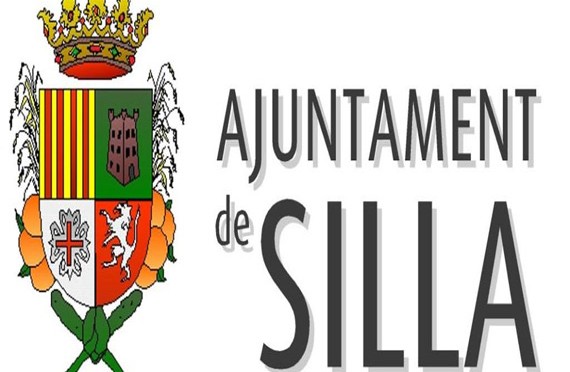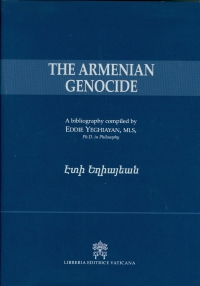Month: September 2015
-

Spanish town of Silla officially recognizes Genocide
(armeniangenocide100.org) On September 29, the Spanish town of Silla, Valencia province officially recognized the Armenian Genocide during a City Council session, the Armenian Foreign Ministry reported. The resolution was presented by Left Union spokesperson Valentin Mateo who briefly introduced the incentives and consequences of the first Genocide of the 20th century and stressed the need…
-

Armenian Genocide Museum-Institute presents four new volumes
(tert.am) The Armenian Genocide Museum-Institute has published the new monograph of Armen Kirakossian “The Armenian Genocide in Contemporary American Encyclopedias”. The edition was presented in English. In this publication Dr. Arman Kirakossian studied and analyzed nearly forty specialized and thematic encyclopedias (Encyclopedia of War Crimes and Genocide, Encyclopedia of Genocide, etc.), dictionaries (Dictionary of Genocide,…
-

The Most Up-To-Date Bibliography on the Armenian Genocide. Book Review by: Dr. Garabet K. Moumdjian
(horizonweekly.ca) Eddie Yeghiayan’s recently published collection of works dealing with the Armenian Genocide surpasses all previous bibliographies on the subject in both scope and ambition. Encompassing various forms of media in a multitude of languages and stretching at over a thousand pages, it is massive, yet meticulously catalogued and comprehensive volume. The bibliography will aid…